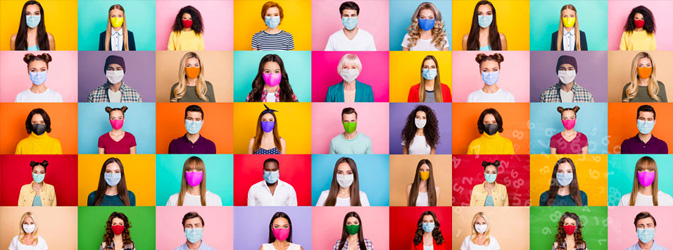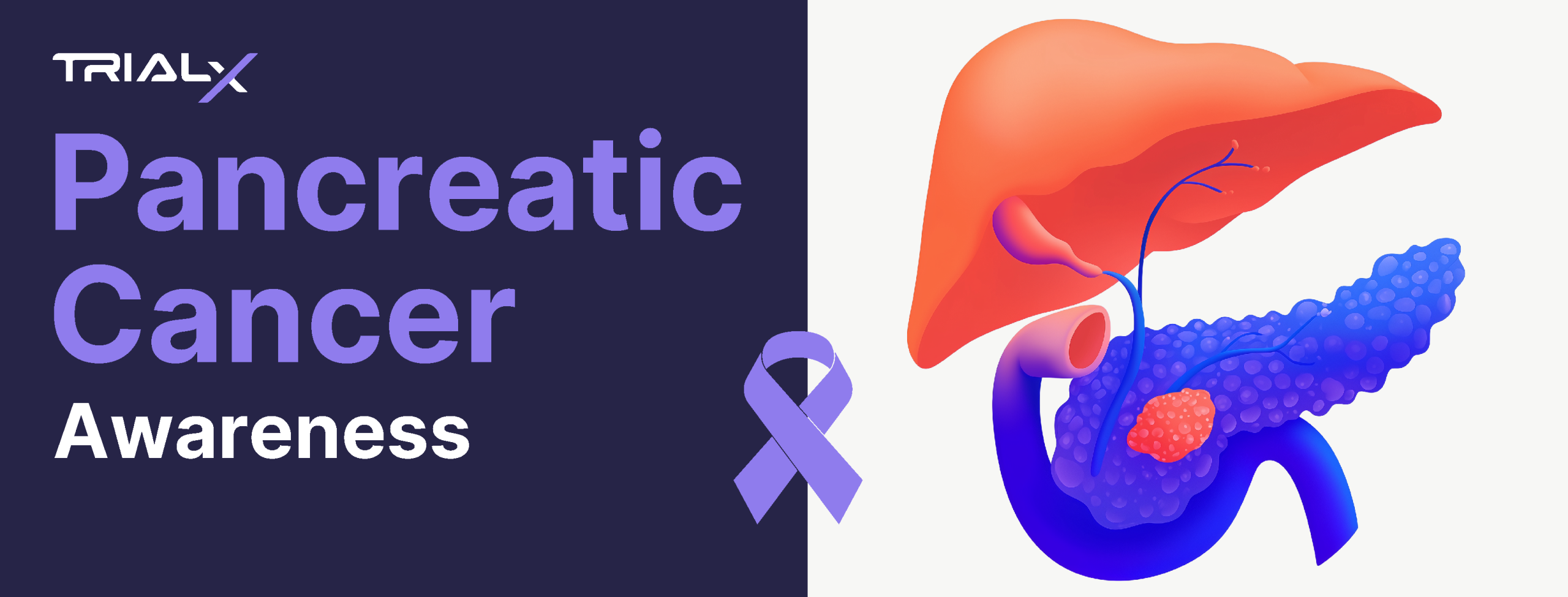COVID-19 Clinical Research Part 3: High Patient Accrual Rates Enable Vaccine and Treatment Discovery

Patients are enrolling in COVID-19 clinical trials at a rate that could accelerate the discovery of a vaccine. They are also enrolling at a rate that is higher than the average enrollment typically experienced at research centers.
Part 1 of this series published at the end of April revealed that our patient recruitment management system was recording historic rates of interest in volunteering for clinical research. So, what happened to all those folks who raised their hands? In this installment we dive into the data to find out.
Image 1
Our data includes metrics from a sampling of medical centers, representing all categories of COVID-19 research studies happening around the world. We analyzed recruitment data from vaccine and treatment trials, donor registry protocols and observational studies. And the data for Covid-19 research indicates that as with the general rise of volunteership there is also a marked increase in research participation. Not only are people raising their hands and saying “yes, I want to do my part”, but they are also going the distance, completing the process to enroll in COVID-19 research studies and trials.
Image 2
Our enterprise data shows that with patient recruitment the law of large numbers applies: higher numbers of volunteers leads to higher numbers of consented and enrolled participants or subjects. COVID-19 research is no exception, and Image 2 shows that the spike in volunteership has yielded an even greater increase in rates of recruitment than that observed in our pre-COVID metrics. If current monthly rates continue through the end of 2020, these recruits for COVID-19 research will account for a 54% increase in overall recruitment from 2019.
A standard measurement used to rate the success of a patient recruitment campaign is a conversion rate of 5%. That is, the number of folks who were qualified and recruited from the number of people that were referred to or who themselves contacted a research team to volunteer. Currently, as the status graph above shows (Image 1), COVID-19 research has a conversion rate of 13%. That’s high, and it is likely to rise. Many participants that have volunteered are designated as either “Pending” or “Connection Established”, which, in many cases means they have yet to be screened by the research team. And, while vaccine trials have a defined accrual target, many of the treatment and donor protocols do not and will continue to screen from this large pool of COVID-19 volunteers.
It’s encouraging to see that social distancing has not impeded research recruitment. All the volunteers in our database have been recruited to research remotely using the iConnect Patient Recruitment Management System. This is a noteworthy key performance indicator. But, as the graph in Image 1 reveals, there is a lot more that we are able to observe from the data. We know, for example, that nearly 1 out of every 10 individuals that attempted to participate was “lost to follow up”. This is not a great patient experience. Data doesn’t obfuscate, so we are able to get the raw reality, and can alert research professionals about where things need to be tightened up.
We can also identify which study types had the highest number of folks deemed ineligible. The pie chart below shows us that a slightly higher number fall in this status category. More than 10% of volunteers did not qualify to participate in COVID-19 research. Most in this category were volunteering to donate blood or blood plasma. This is not surprising given the challenges one faces in trying to become a donor. The austere criteria which must be met to qualify, combined with the shortage and limitations of testing are likely contributors.
Image 3
In our next installment of this COVID-19 research blog series, we will be sharing stories of the research professionals who’ve been on the front lines. Please continue to follow along with us as we trace the plotlines of volunteership and research in the time of the COVID-19 pandemic.


